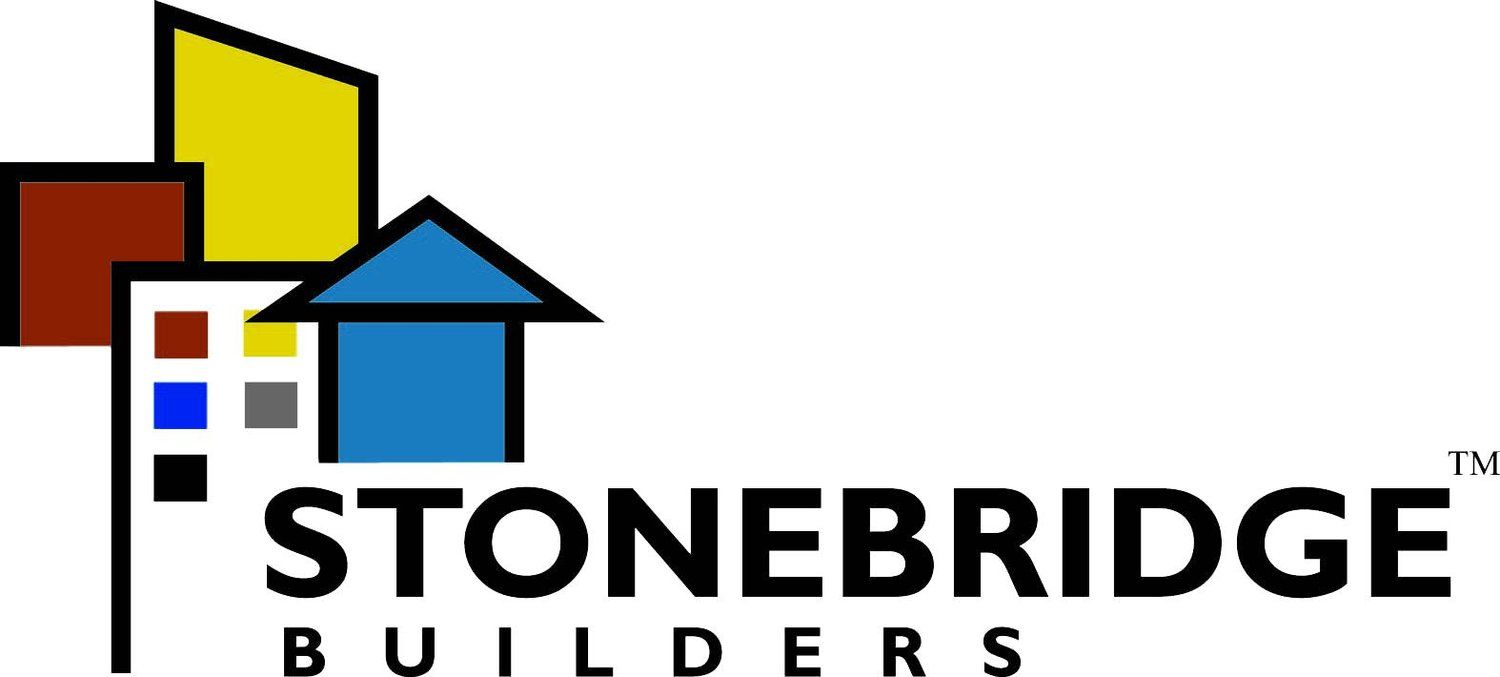Introduction
Modern home design is reflective of societal shifts, technological advancements, and a keen awareness of environmental concerns. This paper aims to provide a holistic view of the most salient home design trends that have been influenced by such factors as the COVID-19 pandemic, advances in technology, environmental sustainability, and a revived appreciation for handcrafted quality.
1. Technology in Home Design
Smart Homes: As the Internet of Things (IoT) continues to grow, homes are becoming increasingly connected. Smart thermostats, security systems, and even refrigerators are commonplace. This integration not only offers convenience but also enhances energy efficiency.
Virtual Reality (VR) & Augmented Reality (AR): Both are making waves in interior design. Homeowners can now virtually 'walk through' designs or see how a particular piece of furniture looks in their living space before making a purchase.
2. Informal Spaces - The Heart of Modern Homes
Open Floor Plans: Walls are coming down, both metaphorically and literally. Open floor plans offer flexibility, promote social interaction, and are more adaptable to a family's changing needs.
Multi-functional Spaces: With the blending of living, dining, and kitchen spaces, there's a demand for furniture and designs that can serve multiple purposes – think of extendable dining tables or sofas with storage.
3. Home Offices - The New Essential
COVID-19’s Impact: The pandemic catalyzed a massive shift towards remote work, making home offices more critical than ever. These aren't just temporary setups but ergonomically designed spaces that foster productivity.
Dual-purpose Designs: Many homeowners don't have the luxury of a dedicated room for an office. As a result, there's a rise in dual-purpose rooms, like guest bedrooms equipped with a workspace.
4. Environmentally Safe Materials & Products
Low VOC and Off-gassing: Materials that release fewer volatile organic compounds (VOCs) are crucial for indoor air quality. Low-VOC paints, sealants, and adhesives are now in higher demand than ever.
BPA-free and Chlorofluorocarbon-free Products: From kitchenware to insulation materials, products free from harmful chemicals like BPA and CFCs are gaining popularity, ensuring health and eco-friendliness.
Sustainable Materials: Bamboo flooring, recycled glass countertops, and reclaimed wood are just some examples of sustainable materials that are both beautiful and environmentally responsible.
5. A Return to Master Craftsmanship
Artisanal Touch: In contrast to mass-produced goods, there's a growing demand for items that bear the mark of a craftsman. This trend speaks to a desire for quality, durability, and individuality.
Localized Materials: There's a renewed interest in sourcing local materials, which not only reduces transportation emissions but also supports local economies and imparts a unique, region-specific aesthetic to homes.
Heirloom Quality: Rather than disposable furniture and decor, homeowners are investing in pieces that can be passed down through generations. This trend is not just about aesthetics but also sustainability, as it reduces waste.
Conclusion
Home design is more than just aesthetics; it's a reflection of our values, needs, and aspirations. The current trends underscore a collective desire for adaptability, environmental consciousness, and a deep appreciation for craftsmanship. As the world continues to evolve, our homes will reflect these shifts, serving as both sanctuaries and statements of our times.
